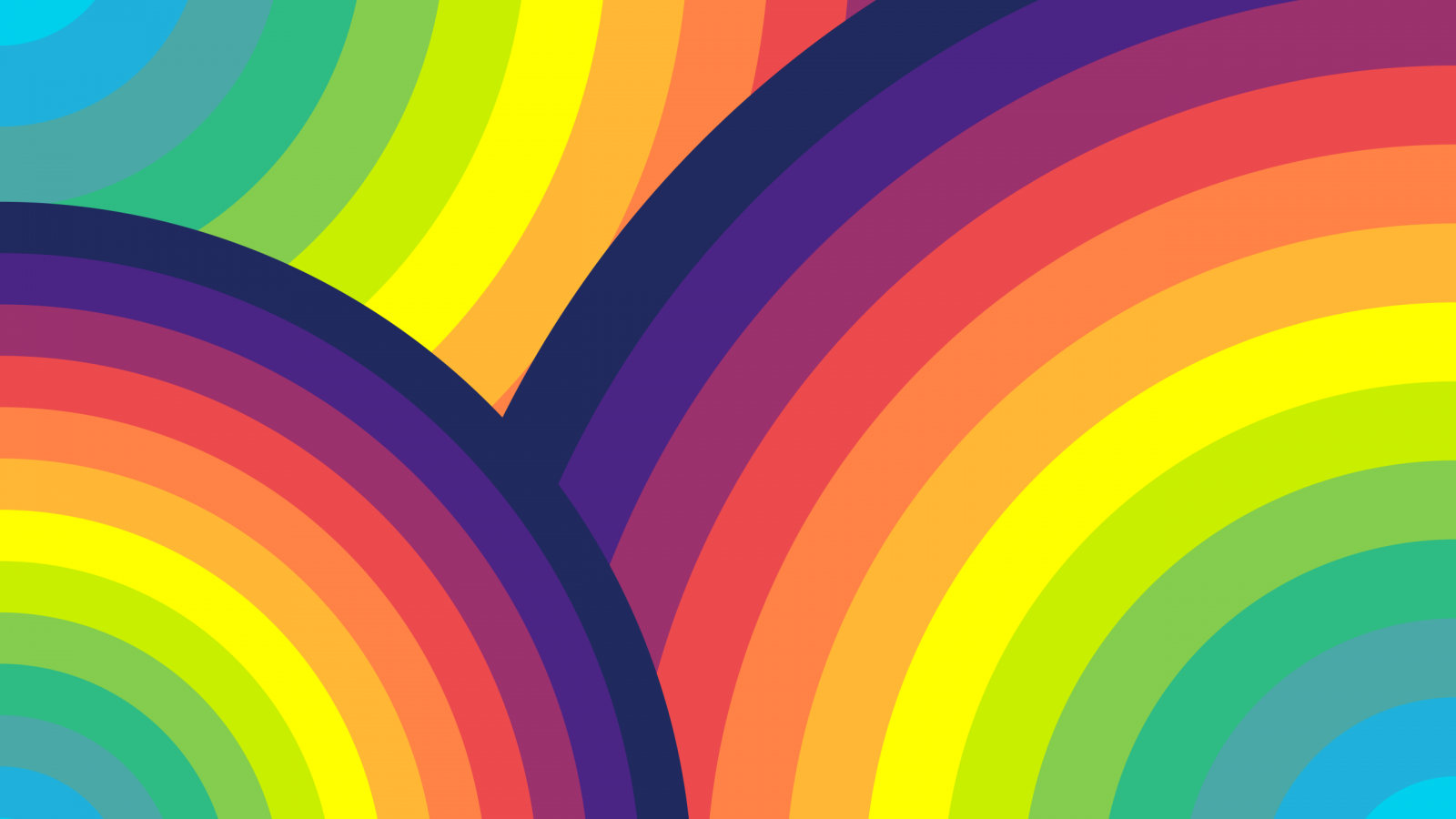Many people have seen a rainbow appear in the sky when the Sun starts to shine again after a short rain. Conditions must be just right for a rainbow to form. It is essential that there are some water droplets in the air, such as rain or even fog, and that the Sun is behind us and fairly close to the ground. A rainbow is formed when light passes through water droplets.
Light from the sun appears white to us. However, the white light we see in daily life is actually a mixture of different colors. These colors can be separated from each other when light passes through a raindrop.
Light travels in waves, like waves moving on the sea. Each of the colors in the rainbow has a different “wavelength”.
This means that the distance between the crests of the wave is a different length for each color. Colors from violet with the shortest wavelength to red with the longest wavelength are called the “visible spectrum”.
Raindrops look more like small balls than the teardrop shapes they are usually pictured. When light hits one of these little balls of water, it can change direction in a way called refraction.
Different wavelengths are each refracted by a slightly different amount. If the light hits the raindrop at the right angle, the refraction separates the wavelengths into their different colors. Because a lot of light is refracted from many raindrops, we see these colors as a rainbow in the sky. The order in which the colors appear is determined by the length of the wavelengths.
How many colors are there in the rainbow?
We are taught that the rainbow consists of seven colors: red, orange, yellow, green, blue, indigo, and purple. However, this is not entirely true.
Different colors mix together and it’s hard to tell where one color ends and another begins. Other colors are formed between these mixtures. Turquoise, between blue and green, is an example of these colors.
Blue and green are side by side in the color spectrum, so we can see turquoise where they mix with each other. Still, some colors are mixtures of colors that are not next to each other in the spectrum.

For example, a mixture of brown, red and green can be mentioned. The red and green stripes in the rainbow are not next to each other, so we don’t see them mix and turn brown. The same is true for many other colors that are mixtures. If the color stripes in the rainbow do not overlap, they cannot mix.
But there are two colors in the rainbow that we will never see: black and white. Black is actually the “color” we see in the absence of color.
White is the combination of all colors. When light is refracted by raindrops, it separates the white light into the visible spectrum, so no white is seen anymore. Gray, on the other hand, is a mixture of black and white, and we can never see black and white in the rainbow, nor can we see colors made up of their mixture.